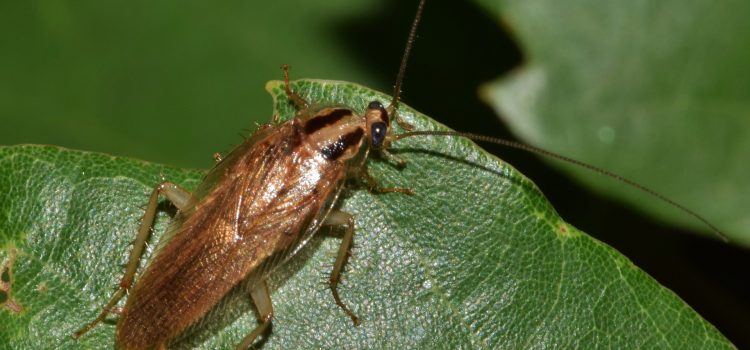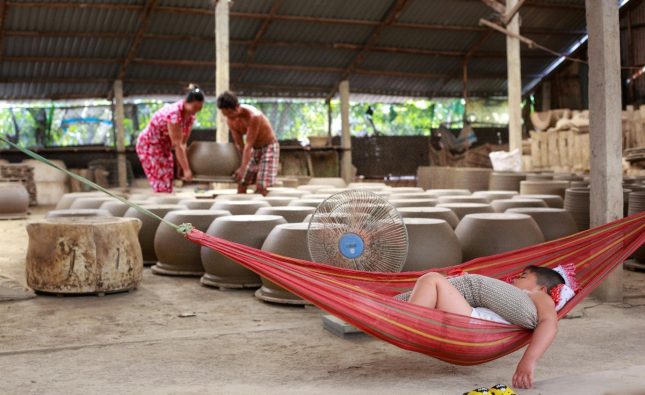
Cockroaches are one of the most resilient creatures on earth. They can survive in almost any condition and have been around for millions of years, outliving even the dinosaurs. However, their bizarre and fascinating world just got a little bit stranger with new mutations discovered in their already unusual reproductive habits. In this blog post, we will dive into the strange world of cockroach reproduction and explore what these new discoveries mean for these creepy crawly survivors. Get ready to be amazed!
What Are Cockroaches?
Cockroaches are a group of insects that belong to the Blattodea order. There are about 4,600 species of cockroaches in the world, but only a few species have adapted well to human habitats.
These creepy crawly creatures can range from just a few millimeters in length to over three inches long. They have flat and oval-shaped bodies with six legs and two antennae. Additionally, they possess wings, which help them glide short distances when necessary.
Cockroaches thrive in warm environments, which is why you often find them near kitchens or other areas where food is stored or prepared. They feed on almost anything – including paper products, glue, soap residue and even dead skin cells!
While many people view cockroaches as pests and try to get rid of them as soon as possible for their unsanitary habits; others consider these insects fascinating creatures due to their impressive ability to adapt and survive in various conditions.
How Cockroaches Reproduce
Cockroaches are infamous for their ability to reproduce quickly and in large numbers. The reproductive process of cockroaches is quite peculiar and different from other insects. Cockroaches have sexual reproduction, meaning that they require a mate to reproduce.
During the mating process, male cockroaches produce sperm that they transfer to the female through a specialized organ called an aedeagus. Once the sperm is transferred, it travels to the female’s ovaries where fertilization occurs.
One interesting fact about cockroach reproduction is that females can store sperm in their bodies for extended periods, which means they can continue fertilizing eggs without needing additional mating sessions with males. This unique adaptation allows them to increase their chances of survival by having more offspring.
Unlike other species of insects, such as bees or ants, there is no specific hierarchy within the colony regarding who gets to mate with whom among cockroach populations. Any male has access to any female at any time during his lifetime.
Cockroach nymphs hatch from eggs laid by females after fertilization takes place. These young ones grow rapidly over time and molt multiple times before reaching adulthood.
While not particularly pleasant or glamorous subject matter – understanding how these creatures reproduce helps us understand why we must be vigilant about keeping them out of our homes!
What New Mutations Were Discovered in Cockroach Reproduction
Researchers have recently discovered some bizarre mutations in cockroach reproduction. These findings are pretty alarming, especially for those who are already terrified of these creepy crawlies.
One mutation that was found is asexual reproduction. Yes, you read that right! Some female cockroaches can now reproduce without the help of males. This means they can lay eggs even if they haven’t mated with a male.
Another mutation involves parthenogenesis – the ability to produce offspring without fertilization. In this case, females are able to produce viable offspring from unfertilized eggs.
On top of that, researchers also found out that some male cockroaches have developed wings on their abdominal segments instead of their thoracic segment as usual! This is yet another strange mutation and raises questions about how it will impact the species’ survival in the future.
All these new mutations discovered in cockroach reproduction might sound like something straight out of a science fiction movie, but they’re very real and pose serious concerns for pest control experts and homeowners alike.
What This Means for Cockroach Survival
As we’ve learned, the world of cockroach reproduction is truly bizarre and fascinating. The recent discovery of new mutations in their reproductive behavior has shed even more light on how these creatures have been able to survive and thrive for millions of years.
However, while these discoveries may be intriguing from a scientific standpoint, they also serve as a reminder that cockroaches are incredibly resilient creatures that are constantly adapting to their environment. This means that controlling infestations can be challenging, especially if they are left unchecked.
Therefore, it’s important to take steps to prevent cockroach infestations in the first place by keeping your home clean and eliminating potential food sources. If you do find yourself dealing with an infestation, it’s best to seek professional help rather than attempting DIY solutions.
While it may seem like an uphill battle when it comes to controlling these pests, understanding their behaviors and biology is crucial for our own survival as we continue to coexist with them in this strange and fascinating world.










